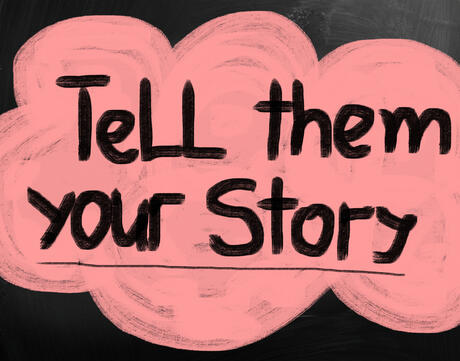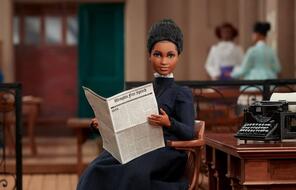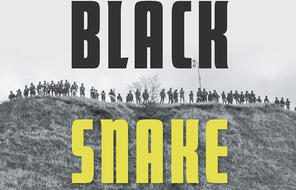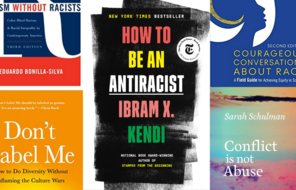
Storytelling with Friends and Family
During the final weeks of the year many people find themselves in a season of celebration and reflection. As the days get shorter people gather to honor holidays on the calendar or simply make more time to get together with friends and family to look back on the year and set intentions for the next.
When people get together, they tell stories—they tell oral histories.
Oral histories are important. They are primary source stories that contain the unique voice, perspectives, and experiences of an individual. Through oral histories we maintain connection to different aspects of memory, culture, and events that might otherwise be lost. Oral history is also the oldest type of historical inquiry, predating the written word, so by continuing this practice, we become part of an ancient tradition.
Oral history can be defined as “knowledge about the past that is relayed by word of mouth from one generation to the next” or “the practice of recording, archiving, and analyzing eyewitness testimony and life histories.”
Facing History’s Teaching Strategy, Connecting the Past to the Present Using Oral History, is designed for students, but individuals of all ages can learn from these resources and utilize the suggested activities whether it’s in a classroom or around a family table.
If you are planning on hosting or attending a holiday gathering, consider integrating parts of our Teaching Strategy to encourage the group to share and open up dialogue. This time can be an invaluable chance to learn about the people in your community, consider your own identity, and help everyone in your orbit deepen their understanding of one another.
Ways to Bring Oral Histories into Your Space
- Introduce the concept of what an oral history is to students, friends, or family using the definition above.
- Listen to an oral history, either recorded or in person. Hearing someone else’s firsthand recollections can provide insights on what makes someone’s history memorable and can help you both as a story keeper and storyteller. Collections of oral histories are available to stream in our Teaching Strategy and via StoryCorp’s searchable archive.
- Create Identity Charts to help reflect on and share your own history. You and your class or family group can choose to pass around completed charts so people can see how others see themselves.
- Interview someone and capture an oral history using the StoryCorp app or StoryCorps Connect.
StoryCorp’s The Great Thanksgiving Listen is another fantastic resource to check out. “The Great Listen encourages young people—and people of all ages—to create an oral history of our times by recording an interview with an elder, mentor, friend, or someone they admire.” Their website offers helpful tips for collecting interesting and meaningful stories from loved ones.
The Smithsonian Institution Archives also provides very thorough step-by-step instructions on oral history preservation, including a handy and extensive list of topics and questions to ask an interview subject.













